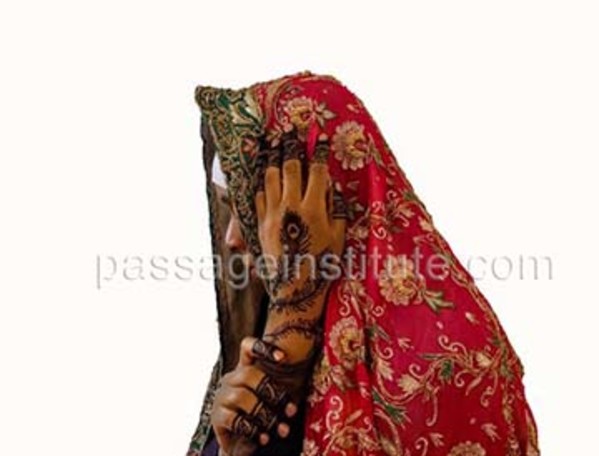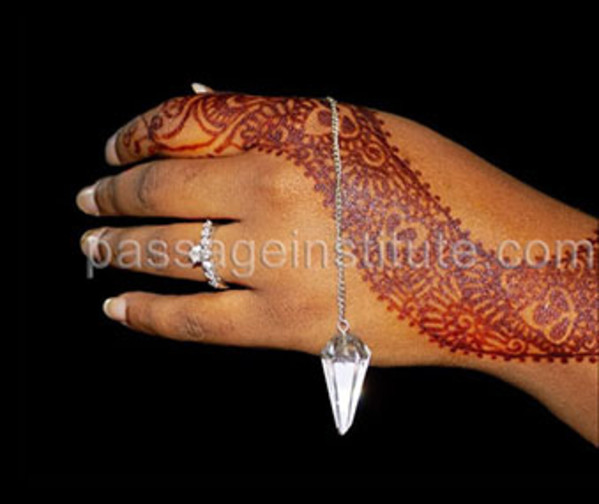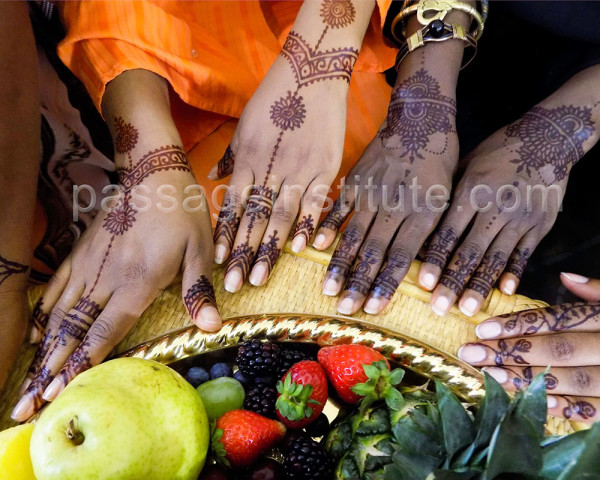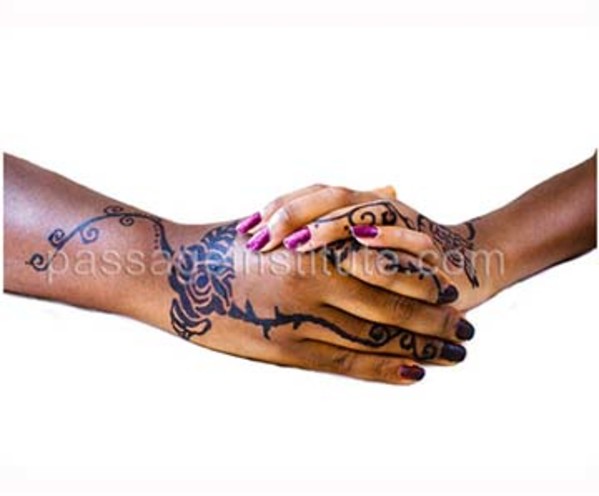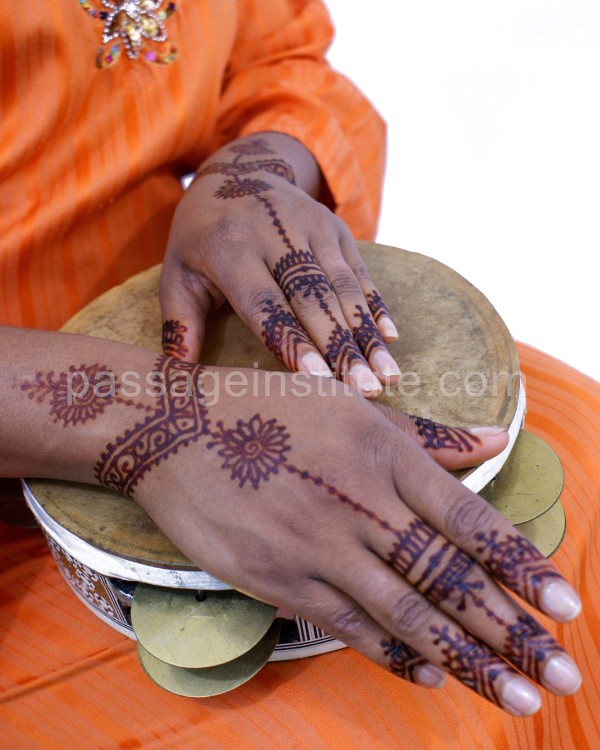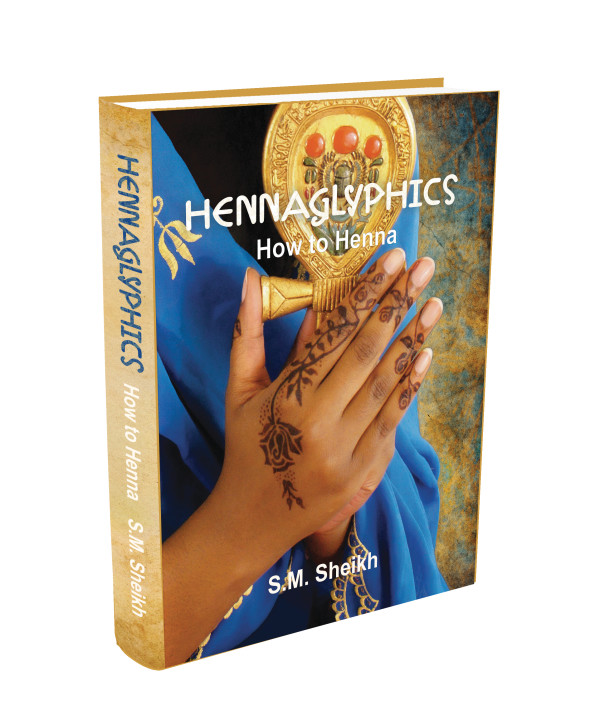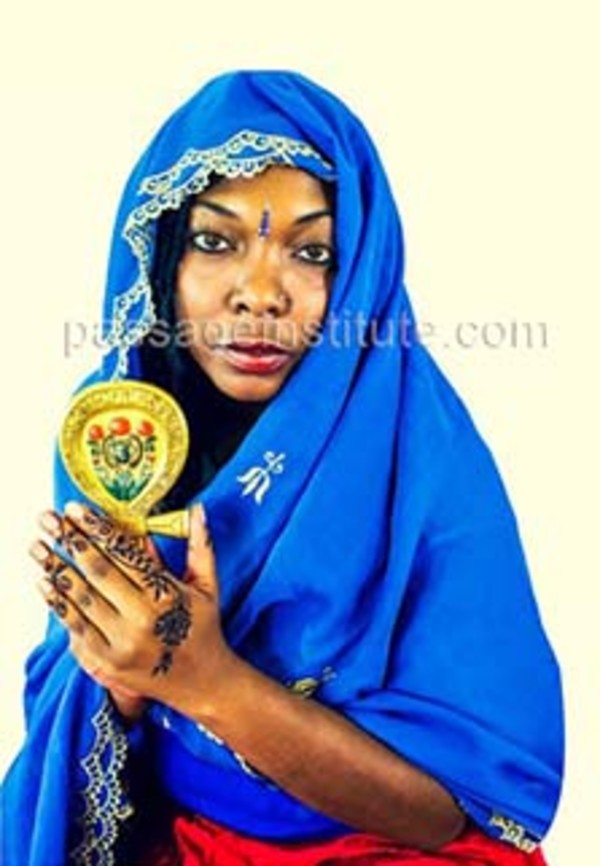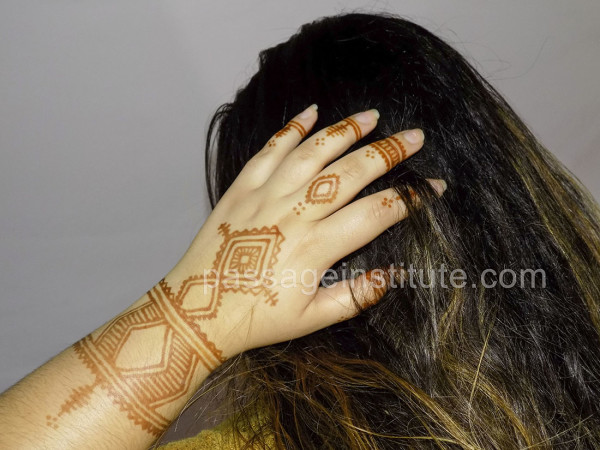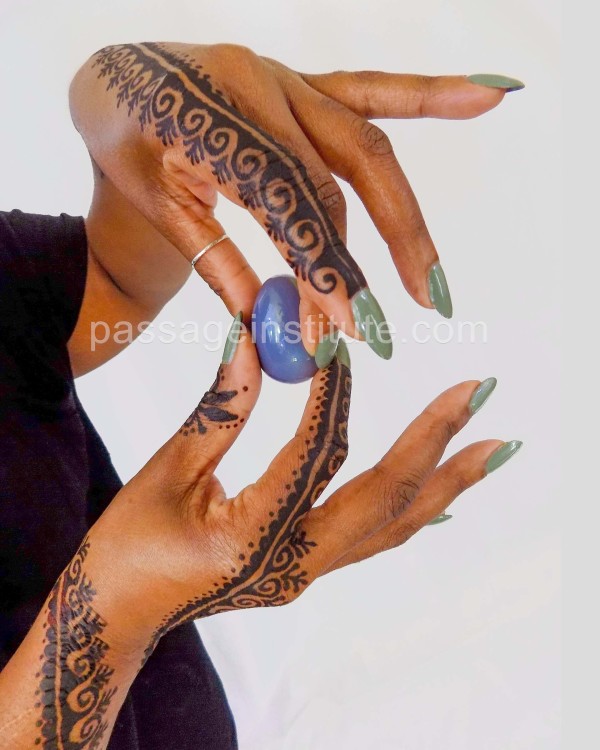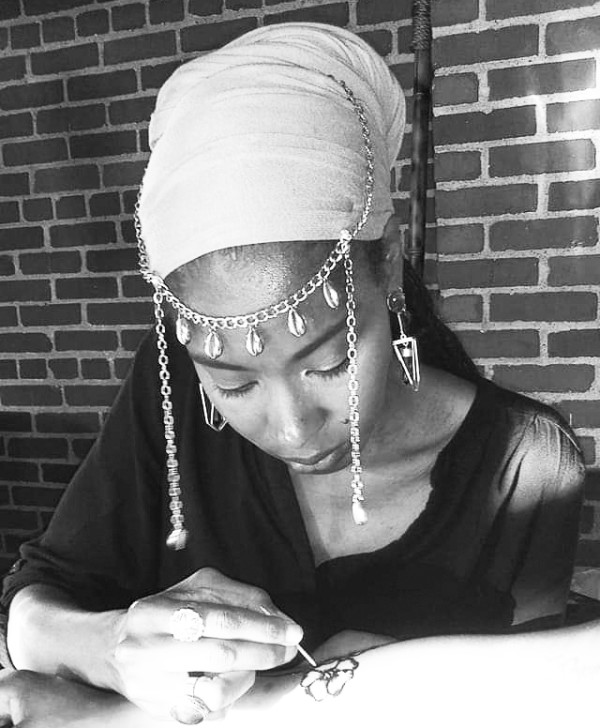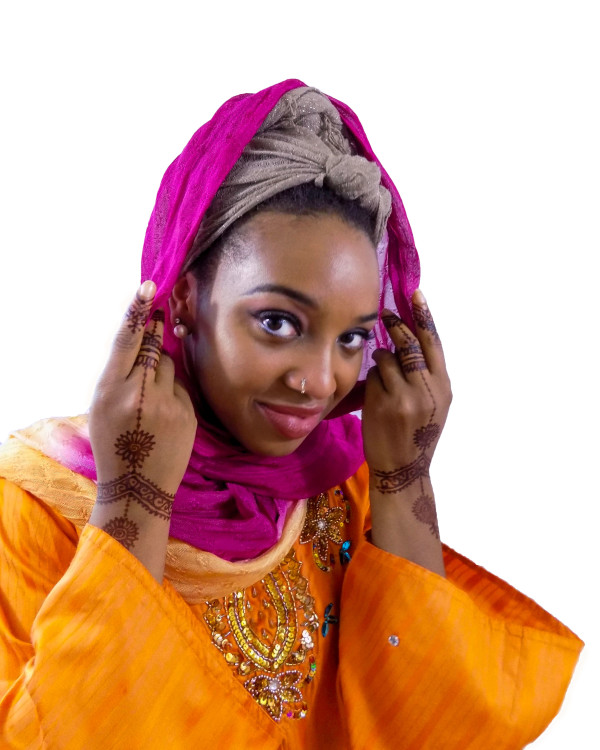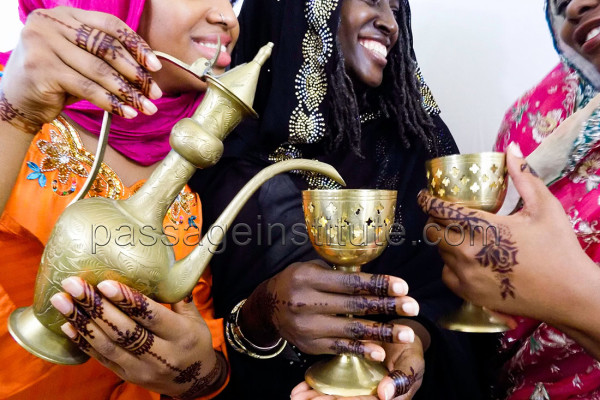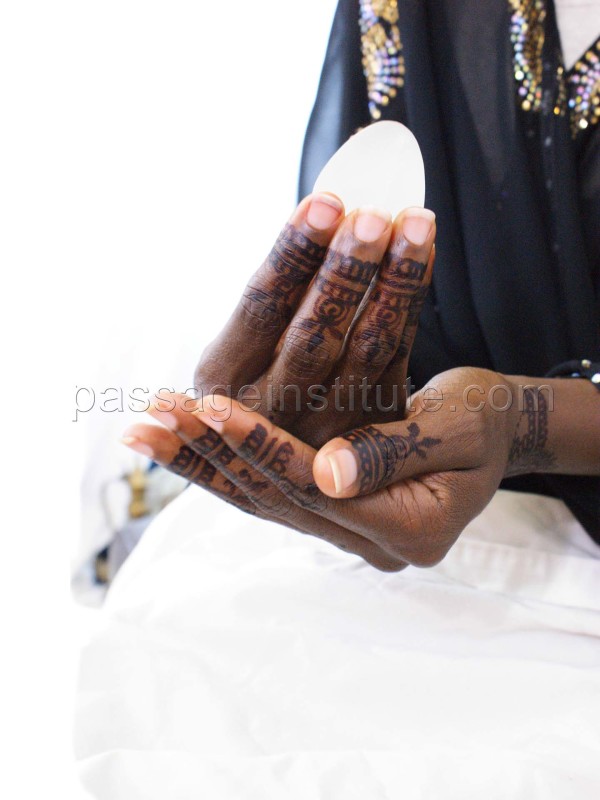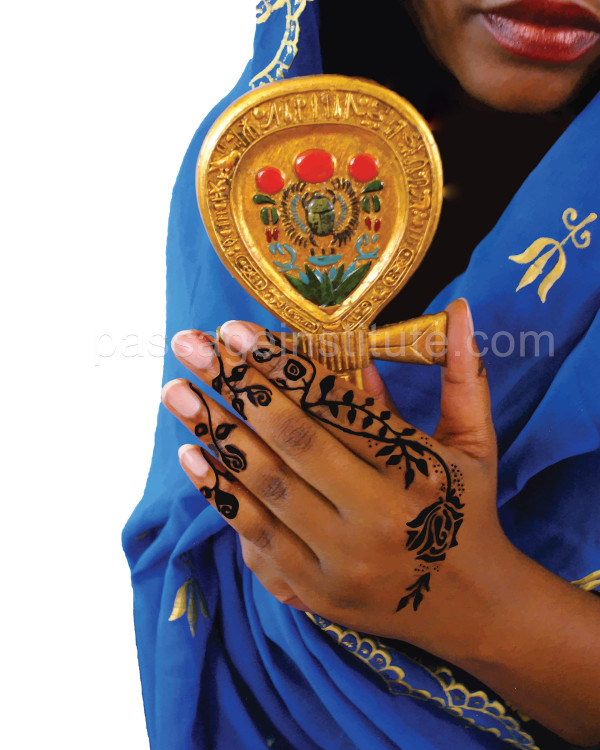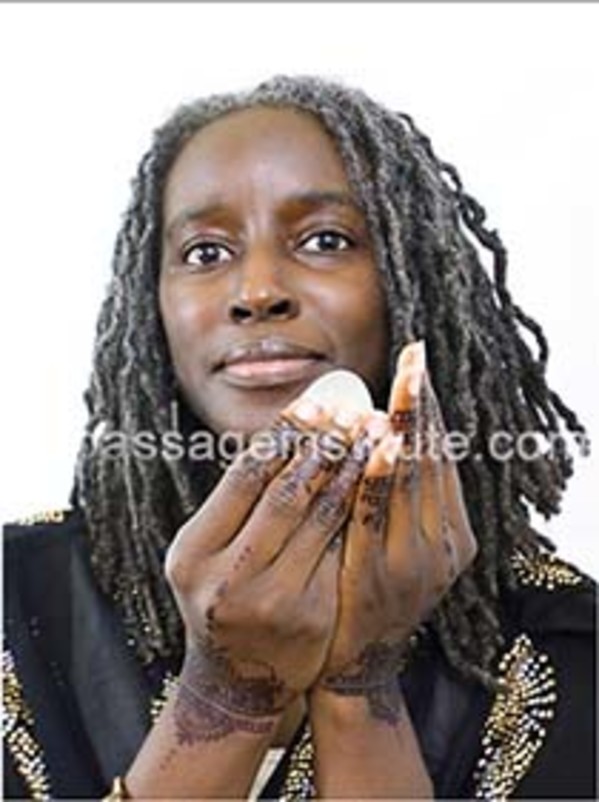Shemora Sheikh - Henna Hands - 1D Gallery
- April 21, 2023 - June 12, 2023
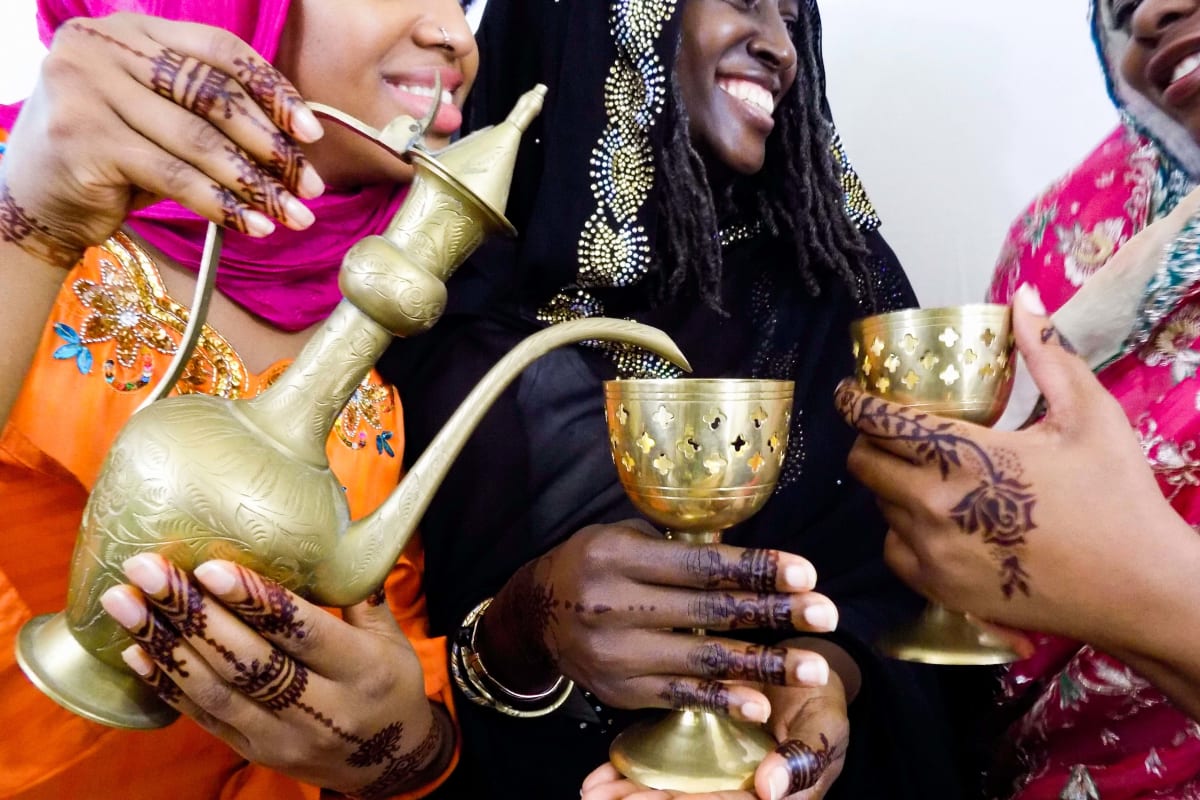
Shemora is a Henna Artist based in Durham, NC. She received her B.S. in Sociology from the University of Wisconsin. As Curator of the Feminine Arts for Rites of Passage Institute, she focused is on healing through the feminine arts. Raised in the henna culture and having traveled through West Africa and South East Asia, for her, being a professional henna artist is one aspect of a larger tradition. The henna designs, which are displayed in the Henna Hands photography series, are a display of the clandestine moments and hidden world of henna. Henna is a temporary herbal tattoo that stains the skin, but fades and disappears. It is her hope that this photography series will help preserve and demystify the art of henna. Moreover, it's an American story of how a marginalized subculture has thrived, & how pieces of that subculture (Henna) has become part of American mainstream culture. Currently, she has authored an art textbook titled “Hennaglyphics: How to Henna,” in which the classical and contemporary African tradition of Henna is highlighted.
During weekly gatherings were usually accompanied by henna body art, I helped my mother’s friends (who were henna artists) prepare the henna paste. Being a curious child, henna was a way for me to escape being sequestered off with the rest of the children while the women laughed, belly danced, sipped tea, and talked. In my twenties, I traveled to Pakistan and Senegal where I learned various henna techniques. While henna may not be an everyday part of women’s lives anymore, it still marks special occasions. I travel through the Midwest and east coast applying henna for weddings, naming ceremonies, baby showers, festivals, proms, fashion shows, birthday parties, and workshops. My henna body art is not just about beauty, but preserving tradition and integrity while implementing new innovations. In African & Eastern cultures, henna is regarded as sacred and sensual—a friend to women. As an aphrodisiac, healing agent for feminine issues, and sedative, henna is a guardian for pleasure. Through, the display of my henna designs, I seek to highlight these clandestine moments; henna is a messenger between lovers, a bond between friends, and a blessing upon a mother. Henna forces one to be patient and careful with oneself while waiting for the paste to dry and trying to move without ruining one’s design. Henna tells a story of who you are and where you have been. It conveys that someone cares enough to take the time writing your story into a design. My henna designs, which are displayed in this photo series, are those stories of hidden worlds. Many henna designs have disappeared into history. Now, we have the technology to beautifully capture these intimate images. This photography series helps to preserve and demystify the art of henna. Henna not only continues to be a tradition among descendants of African & Eastern cultures in America, but also a staple in festivals and salons for all people. These photographs of my fellow North Carolinians decorated with henna conveys henna’s rich & rustic history—a history that now is part of American history.

